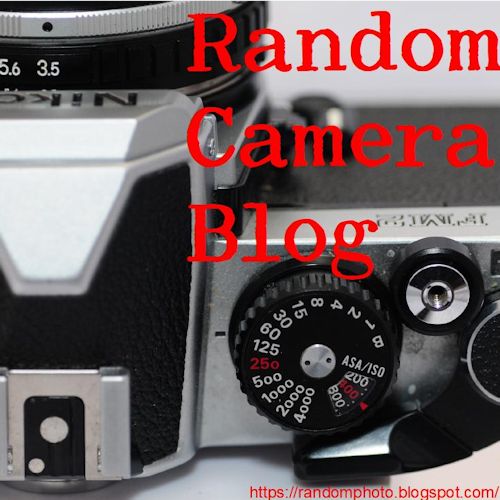
If it were a shoe size, 35 EE would be gynormous. Thankfully, we are talking about a 35mm rangefinder camera. Vivitar (actually a US company, once called Ponder and Best) is known primarily for inexpensive cameras these days, and there are a lot of plastic cameras out there with that name on them. At one time, the Vivitar Series 1 SLR lenses were top-notch glass (manufactured by Kiron). So, as a bit of background, Vivitar's offerings are all made by other companies in Asia, and they don't have any manufacturing facilities of their own.
The Vivitar 35EE is a solid, metal-bodied 35mm RF camera with autoexposure mode only. The 38mm f2.8 lens is very good (made by Cosina?), and the rangefinder is easy to see in the viewfinder. The camera pictured here belongs to my daughter Marjorie, away at NMU in Marquette. I thought I'd use it for a roll of film just so it wouldn't be lonely. It is the first camera that she purchased at a camera show -- back when she was in middle school. It runs best with a mercury cell, which it has in there now. The camera's ASA dial goes from 25 to 400, which eliminates the use of faster film. However, with 200 ISO film (I used Kodak Gold 200), I found that the camera gave very good results.
This late 1970s camera appears to be quite durable, and it is a very attractive, small RF camera. The only knock would be the inability to manually control the shutter or aperture, as the camera is auto-exposure only. The 46mm thread allows the use of filters, which is a nice feature. The camera is fun to use, and ought to be a keeper should you find one somewhere.



